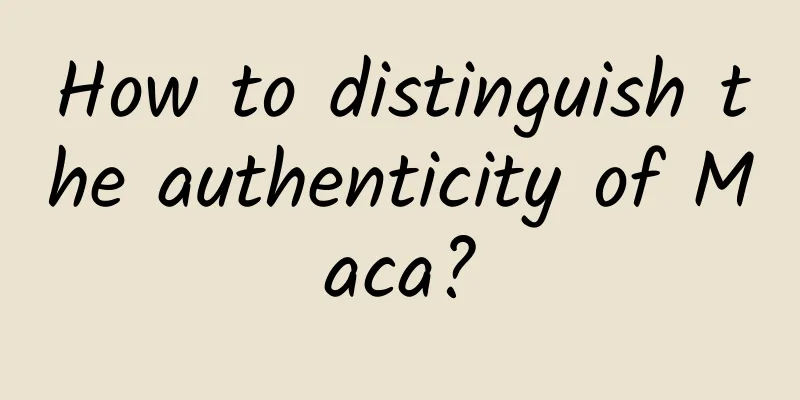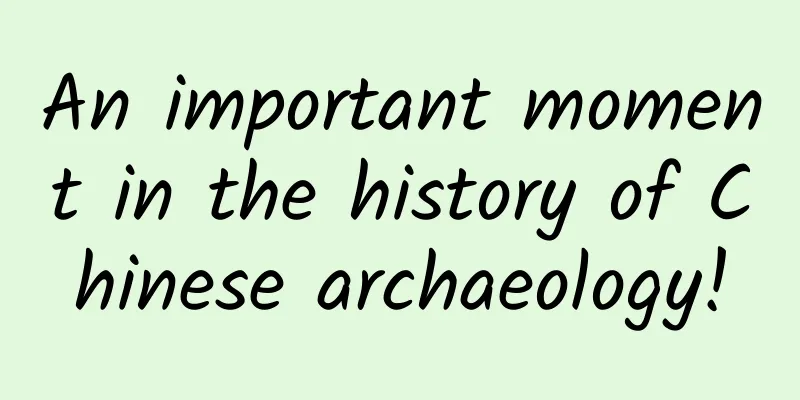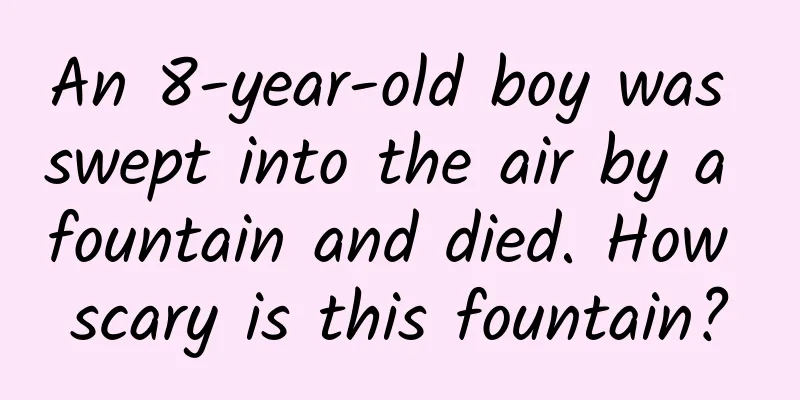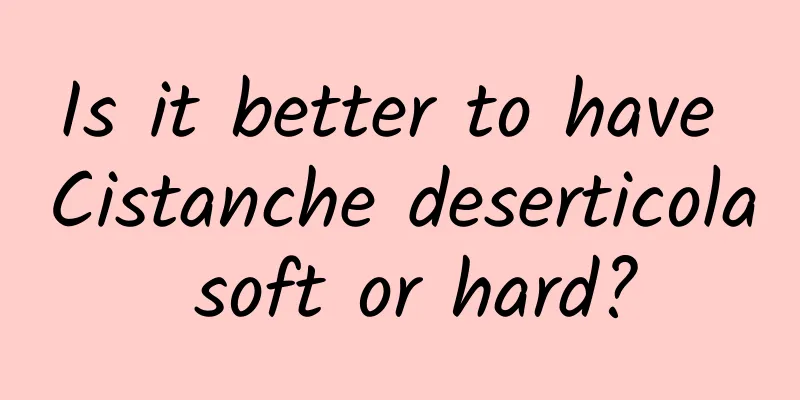What are the effects and functions of goose not eating grass
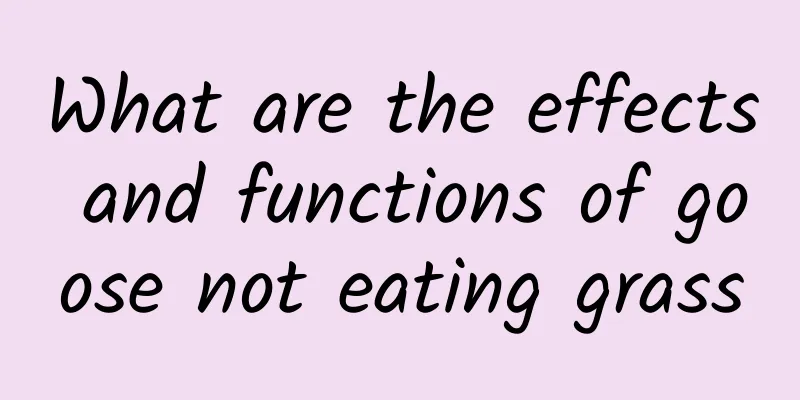
|
Goosegrass is also called edible coriander and heavenly coriander. It is a small annual herb and a common Chinese herbal medicine. It is also a commonly used medicinal material in traditional Chinese medicine. The taste of goose does not eat grass is spicy and warm in nature. It enters the lung meridian and has the effects of dispersing wind and cold, clearing the nasal passages, relieving cough, detoxifying, and relieving itching. It has excellent therapeutic effects on these diseases. So, how should we best use goose grass? What are the effects and functions of goose not eating grass? The effects and functions of goose grass are also multifaceted, so when we use it, we also have to pay attention to certain aspects, so that when using it, it will achieve a good effect and be helpful to our health. Goose does not eat grass is used to dispel wind, relieve nausea, detoxify and reduce swelling. It is mainly used to treat colds, headaches, sinusitis, nasal polyps, coughs, throat paralysis, deafness, conjunctivitis and cataracts, malaria, rheumatic pain, injuries from falls, swelling and pus, and scabies. Property identification: The whole plant is twisted into a ball. The fibrous roots are slender and light yellow; the stems are thin, branched, brittle, easy to break, and the cross section is yellowish-white. The leaves are small and nearly sessile; the leaves are mostly wrinkled or broken, and the intact ones are spoon-shaped when flattened, with a gray-green or brown surface and 3-5 teeth on the edges. Inflorescence yellow or yellowish brown. The smell is faint and irritating if you smell it for a long time. The taste is bitter and slightly spicy. The best ones are gray-green in color and have a strong stimulating smell. Microscopic identification of leaf cross section: upper epidermal cells are slightly cut and elongated. There is one row of palisade tissue; the spongy tissue cells are round. The lower epidermis has more glandular hairs and non-glandular hairs, composed of 4-6 cells, 560-750μm long, with base cells 40-60μm in diameter, gradually decreasing upwards, and the top cells are narrow and thin, twisted into a revolutionary shape. Surface view of the epidermis: wall diameter is about 20μm, and stomata are indefinite. Functions and indications: dispel wind, relieve phlegm, detoxify and reduce swelling. It is mainly used to treat colds, headaches, sinusitis, nasal polyps, coughs, throat paralysis, deafness, conjunctivitis and cataracts, malaria, rheumatic pain, injuries from falls, swelling and pus, and scabies. The above is an introduction to the effects and functions of goose grass. It can be seen that goose grass has a good effect on treating cough, detoxification, unknown pain and itching, etc. However, when using goose grass, you should use it according to the doctor's advice. If your physical constitution is not adapted to it, uncomfortable reactions will occur, affecting your physical health and the treatment of the disease. |
<<: What are the effects and functions of French Pinellia
>>: What are the effects and functions of Coix lacryma-jobi?
Recommend
Guizhou’s journey is to the top of thousands of mountains!
This may be the fastest changing province in Chin...
What are the methods of making ginseng and gastrodia elata wine?
Ginseng and Gastrodia wine, as the name suggests,...
Is it true that the gallbladder is prone to inflammation when exposed to heavy fish and meat?
《Cotton Swab Medical Science Popularization》 Beij...
The efficacy and function of Torreya grandis
Do you know what Torreya grandis is? It is a kind...
From chess player to chess piece, and finally to chessboard: How did Afghanistan end up like this?
This article is about 6580 words Reading time: 17...
What are the effects of Lingzhi and Astragalus?
Everyone knows what Lingzhi is, but do you know w...
What is the most serious level of mental illness?
Mental illness is a disease we are familiar with....
The efficacy and role of the test
Test is a very good medicinal ingredient. It is o...
JD.com: JD.com has added 130,000 employees in the past two years, bringing the total number of employees to nearly 520,000
JD.com is heavy and huge. The latest official dat...
Wild boars broke into a milk tea shop? See the scientific interpretation of the hot topics of the week
1. Wild boars are planned to be removed from the ...
The efficacy and function of Jiuniu Zao stems and leaves
Traditional Chinese medicine culture is profound ...
The efficacy and function of valerian
I wonder if you have ever heard of valerian. Vale...
Is it healthier not to order takeout? Wrong! If you have these 7 bad cooking habits, it will hurt your body more than eating takeout
When it comes to ordering takeout Many people fee...
The efficacy and function of Yunnan Ruimu
There are many kinds of common Chinese medicinal ...
What is the function of snow lotus?
Nowadays, material life has been greatly improved...
